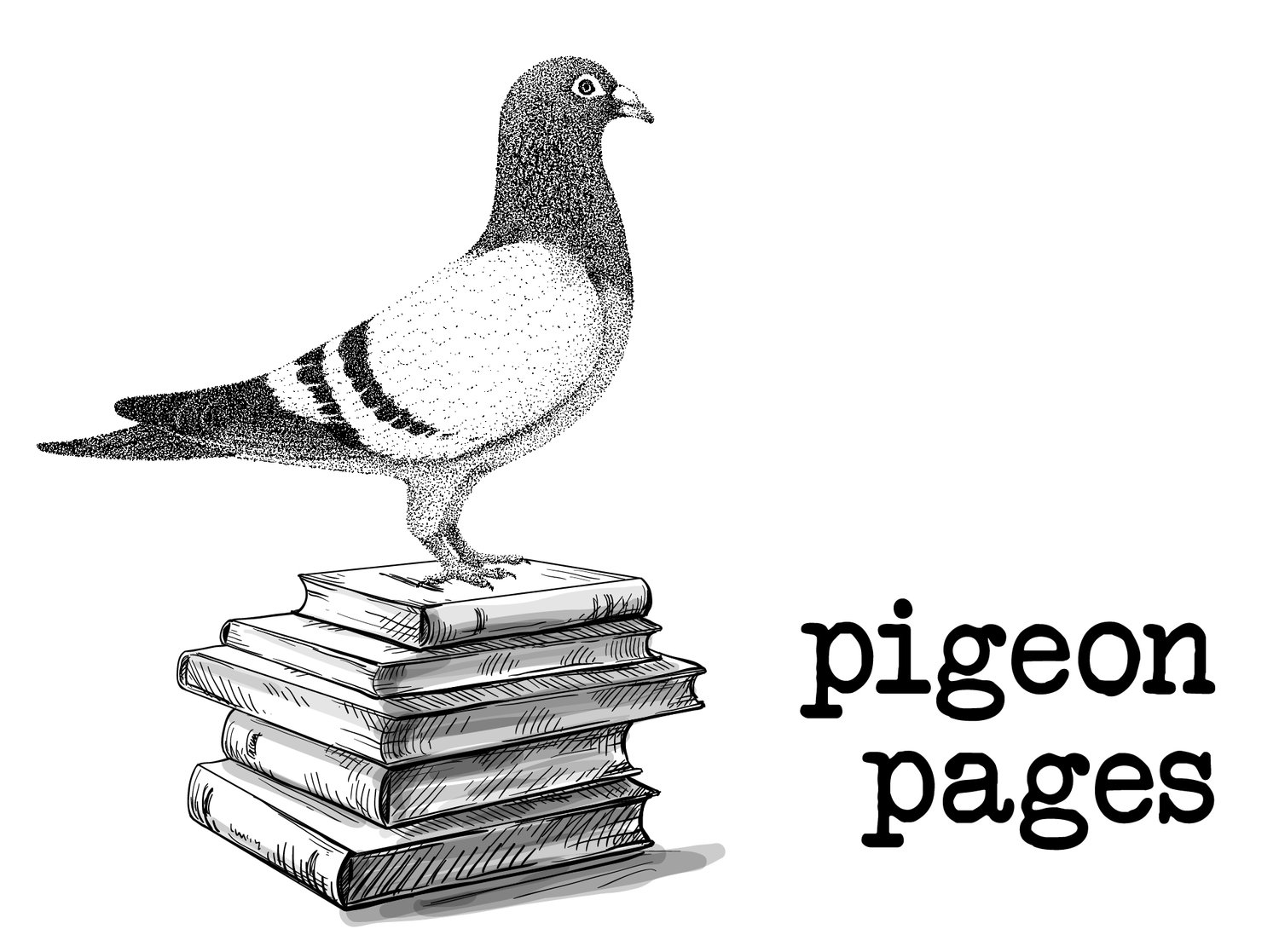Nan
by Francis Walsh
Nan buried her dog beneath a stone cairn in a flowerbed.
out back. Every autumn, I cleared the grave of leaves.
Nan died a British national on American soil in a time
when crocuses signaled spring and Jesus glazed the Sunday ham.
Nan’s cemetery was a landscape of broken teeth.
Nan’s resurrection required a television set
playing Princess Diana’s car crash
on a loop in the aftermath.
Nan had a key to the church next door in case of emergencies. The priest
commuted every Sunday.
Nan sang in the bathtub
I read her diary after she died.
Nans wrote in cursive.
My second-grade teacher
was right—I would need this skill one day,
a history of hidden utility, lurking,
like the journal I found tucked behind a hidden a panel in the wall,
cuddled up next to a bottle of whiskey,
half-full and covered in dust, as if asking,
what is this ritual?
Published January 21st, 2024
Francis Walsh is writer from Portland, Maine. Their writing appears in Arts & Letters, PRISM International, Split Lip, and Rust & Moth, among others. They are the co-editor of Scraps, a journal of rejected and abandoned work. Follow them on Instagram @walshfrancis.
Anastasia Saviona is a Russian artist who currently works in Sweden. Saviona uses photo collages that explore and complicates notions of place, and that creates phantasmagoric pictures of home and habitation. Her work combines architectural and landsacpe images to construct an atmosphere obscures the divide between realism and the fantasical. In addition to digital art, her extensive portfolio incldues sculpture, drawings, and paintings.

